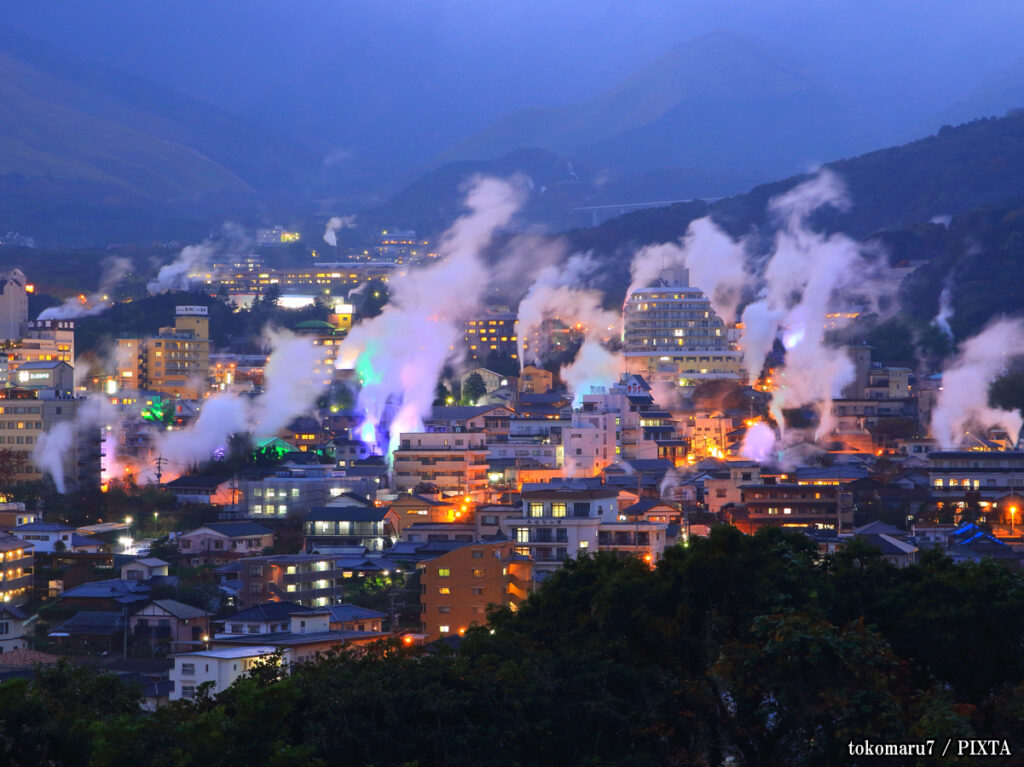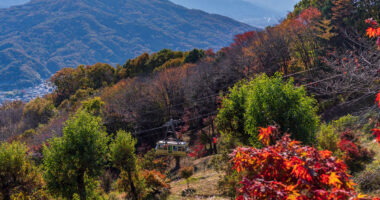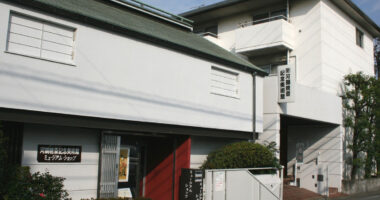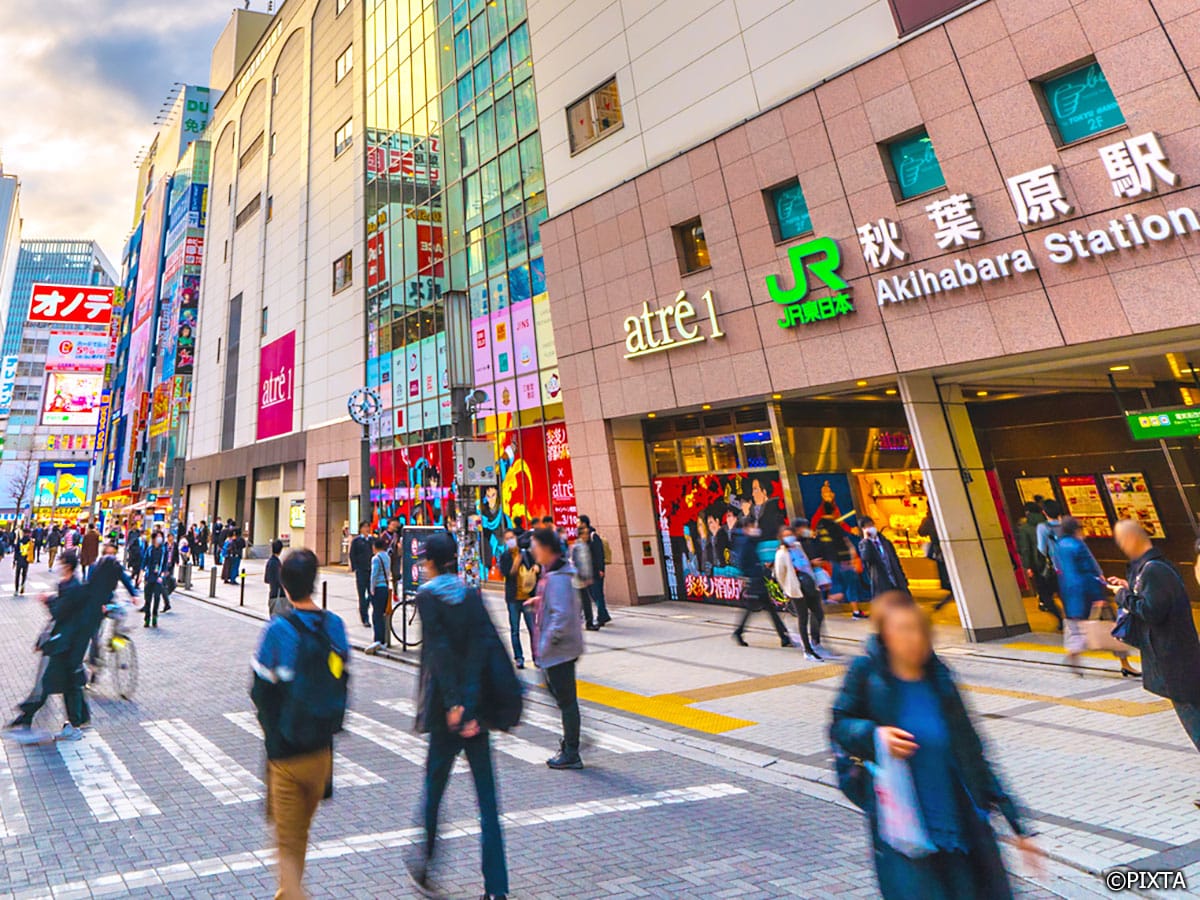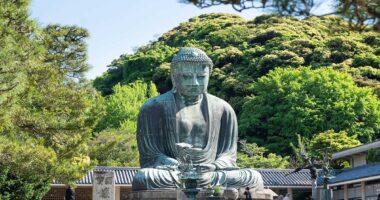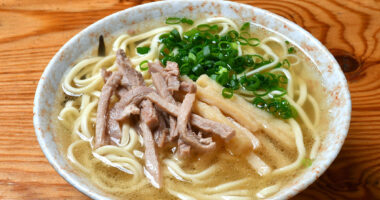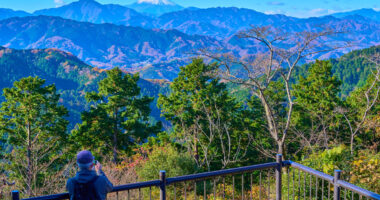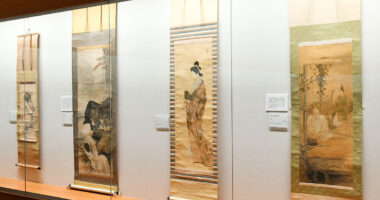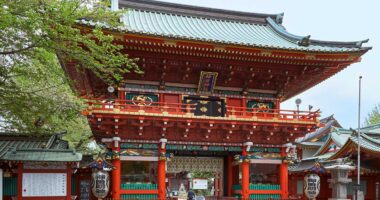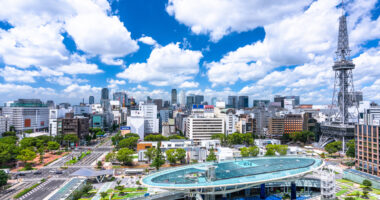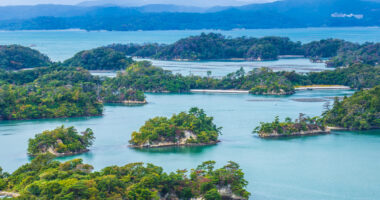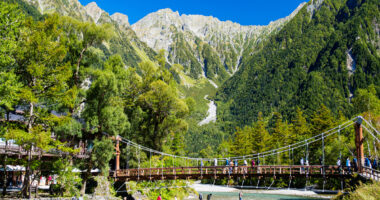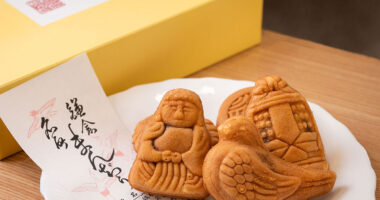For travelers seeking to unwind in the soothing warmth of Japan’s natural hot springs, there’s no better destination than Kyushu. This southern island is a geothermal wonderland, blessed with an abundance of mineral-rich waters bubbling up from volcanic activity beneath the surface. Whether you’re looking to soak in the open air while surrounded by nature, or prefer a more luxurious indoor bath, Kyushu has an onsen for every taste.
In this guide, we’ll introduce the best hot spring destinations in Kyushu, broken down by region, and explain what makes each one unique. From Beppu’s dramatic “hells” to Ibusuki’s famous sand baths, get ready to explore Japan’s ultimate onsen paradise.
- Why Kyushu is Japan's hot springs heartland
- Beppu (Ōita): Japan's most diverse onsen town
- Yufuin (Ōita): boutique charm and mountain views
- Kurokawa Onsen (Kumamoto): a rustic hideaway in the forest
- Ibusuki (Kagoshima): the power of the sand
- Unzen (Nagasaki): Historical Baths Amid Volcanic Landscapes
- Types of onsen to try in Kyushu
- Onsen etiquette tips for first-time visitors
- Best seasons to visit Kyushu's onsen
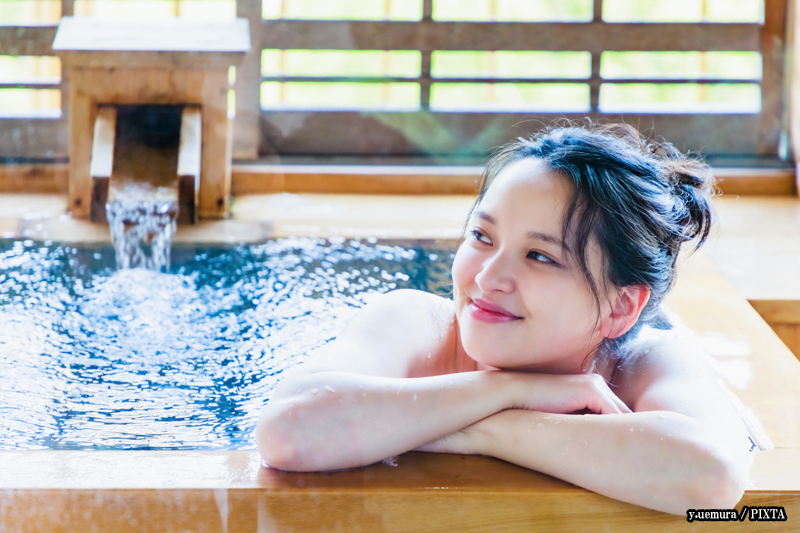
Photo for illustrative purposes
Why Kyushu is Japan’s hot springs heartland
Japan’s love affair with onsen (Japanese hot springs) culture stretches back over a thousand years. The custom of bathing in hot springs is deeply rooted in Shinto and Buddhist purification practices and continues today as a cherished part of daily life and leisure. While hot springs exist throughout the country, Kyushu stands out for its sheer variety and concentration of geothermal activity.
Kyushu is home to some of the most famous and distinctive onsen towns in Japan, many of which are easily accessible by train or car from major cities like Fukuoka and Kagoshima. Whether you’re a first-time visitor or a seasoned soaker, this island offers a uniquely immersive experience into traditional Japanese relaxation.

Photo for illustrative purposes
Beppu (Ōita): Japan’s most diverse onsen town
If there’s one place in Kyushu that every onsen lover should visit, it’s Beppu. Located in Ōita Prefecture, Beppu is one of Japan’s most prolific hot spring areas, with over 2,000 individual sources and a staggering variety of bath types. The options are endless, from steamy mud baths to mineral-rich waters that leave your skin silky smooth.
One of Beppu’s most famous attractions is the “Jigoku Meguri” (literally “hell tour”). These “hells” are not for bathing, but for viewing—vividly colored hot spring pools that bubble, hiss, and steam with volcanic energy. The cobalt-blue “Umi Jigoku” (sea hell) and the red “Chinoike Jigoku” (blood pool hell) are especially striking.
For bathers, Beppu offers everything from sentō (traditional public bathhouses) to modern spa facilities. Don’t miss the chance to try a sand bath, where you’re buried in naturally heated sand by the beach—an unusual but deeply relaxing experience.
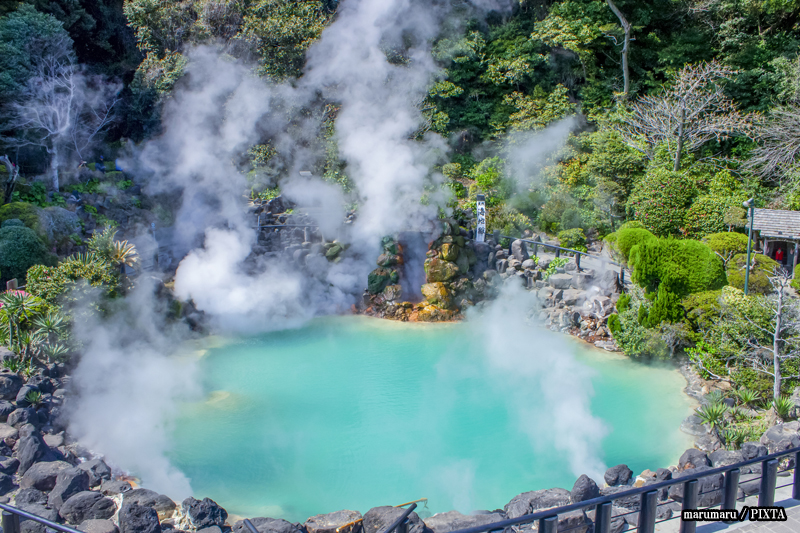
Photo for illustrative purposes
Yufuin (Ōita): boutique charm and mountain views
Just a 30-minute drive from Beppu, Yufuin offers a more tranquil and artistic take on the onsen experience. This small, picturesque town lies in the shadow of Mt. Yufu and is known for its walkable streets, art museums, cafes, and scenic ryokan inns. It’s especially popular with couples and solo travelers seeking quiet relaxation.
Yufuin’s hot springs are milky and alkaline, known for their beautifying properties. Many inns offer rotenburo (open-air baths) with views of the surrounding countryside. While the town has its share of day-use facilities, the best experience comes from staying overnight at a ryokan (traditional Japanese inn) with a private bath.
For an extra dose of charm, stroll around Lake Kinrin, where steam from nearby springs drifts over the water in the early morning. The peaceful atmosphere makes Yufuin a perfect destination for slow travel and introspective moments.
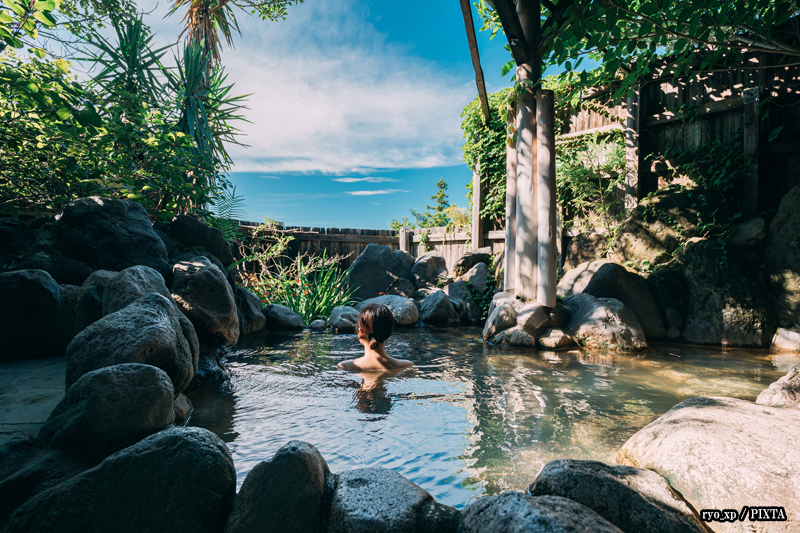
Photo for illustrative purposes
Kurokawa Onsen (Kumamoto): a rustic hideaway in the forest
Tucked away in the mountains of Kumamoto Prefecture, Kurokawa Onsen is one of Kyushu’s best-kept secrets. This charming village is celebrated for its unified aesthetic—think wooden bridges, lantern-lit streets, and moss-covered stone paths—and its commitment to preserving a traditional look and feel.
Kurokawa is all about outdoor bathing in harmony with nature. Most of the inns here offer rotenburo set alongside rivers, forests, or bamboo groves. The water ranges from milky white sulfur springs to iron-rich brown baths, each with unique therapeutic properties.
The town encourages bath-hopping with a special nyūto tegata pass, a wooden token that gives access to three different baths of your choice. It’s an excellent way to experience the diversity of the area while strolling through the peaceful village.
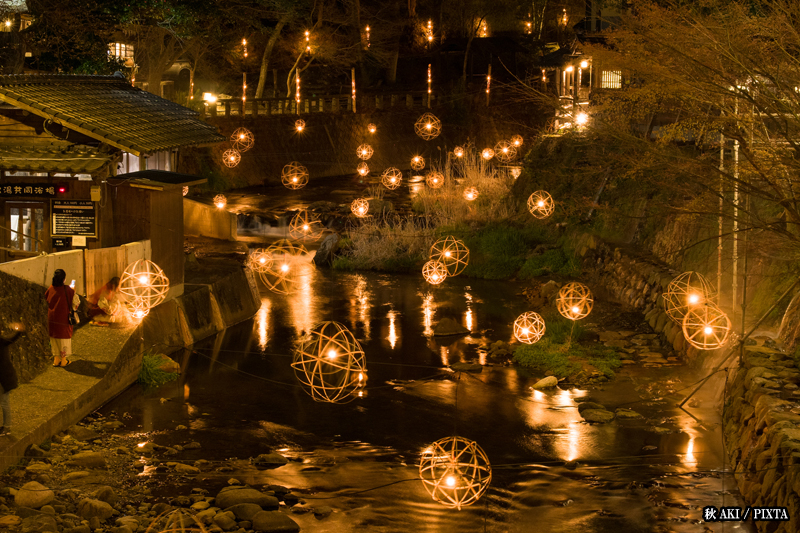
Photo for illustrative purposes
Ibusuki (Kagoshima): the power of the sand
Down in the southern reaches of Kagoshima Prefecture lies Ibusuki, a seaside town famed for one thing: its natural sunamushi (sand baths). Here, visitors lie down in shallow pits along the beach, where attendants gently bury them in sand heated by geothermal steam. It’s said to improve circulation and detoxify the body.
While the sand bath is the main draw, Ibusuki also offers a variety of hot spring facilities, including scenic baths overlooking Kinko Bay and views of the volcanic Sakurajima in the distance. Many visitors combine an Ibusuki trip with a ride on the Ibusuki no Tamatebako, a sightseeing train that offers panoramic views along the coast.
If you’ve never experienced a sand bath before, Ibusuki is the place to try it. The warm weight of the sand, combined with the ocean breeze and rhythmic sounds of the waves, creates a sensation like no other.

Photo for illustrative purposes
Unzen (Nagasaki): Historical Baths Amid Volcanic Landscapes
Located within Unzen-Amakusa National Park, the Unzen hot spring area in Nagasaki Prefecture offers a powerful combination of history, nature, and steaming geothermal activity. Unzen was one of the first resort areas in Japan to cater to foreign visitors during the Meiji period and retains a certain old-world charm.
The landscape is marked by “Unzen Jigoku,” a sulfurous, steamy field of fumaroles that once served as a site of religious pilgrimage and, later, tragic persecution. Today, it’s a natural wonder to walk through, with safe trails and educational signboards explaining its significance.
The baths here are strongly acidic and have a purifying effect on the skin. Many ryokan offer outdoor tubs with forest views, while the nearby highlands provide excellent hiking trails for those who like to combine wellness with outdoor adventure.
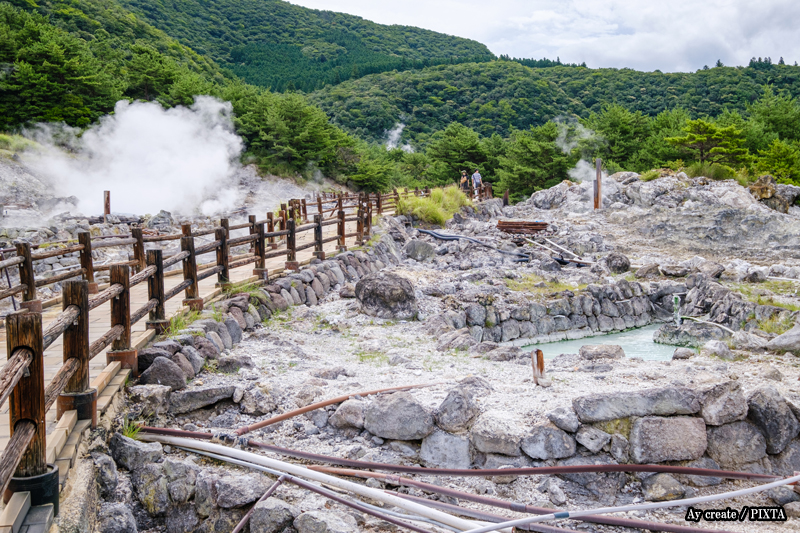
Photo for illustrative purposes
Types of onsen to try in Kyushu
Kyushu’s diverse geothermal terrain means you can find a wide range of onsen experiences here. Here are some common types:
- Uchiyu (indoor baths): Often located inside ryokan or bathhouses; ideal in colder seasons or for privacy.
- Rotenburo: Offers stunning views of nature, perfect during autumn foliage or snowfall.
- Sunamushi: Found in Ibusuki; you’re buried in warm volcanic sand.
- Mud baths: Beppu is one of the few places offering therapeutic mud onsen.
Each type offers unique benefits, from skin health to stress relief, making onsen-hopping a fun and rejuvenating part of your Kyushu journey.
Onsen etiquette tips for first-time visitors
For those new to Japanese hot springs, following basic etiquette is essential to ensure a comfortable experience for everyone:
- Wash thoroughly before entering the bath—this is mandatory.
- No swimsuits allowed in traditional onsen unless otherwise specified.
- Towels should stay out of the water—leave them on the side or place on your head.
- Tattoos may be restricted at some onsen, although private or tattoo-friendly options are becoming more common.
- Kashikiri (private baths) can be reserved for families or couples seeking more privacy.

Photo for illustrative purposes
Best seasons to visit Kyushu’s onsen
Each season offers a different charm:
- Spring: Bathe among cherry blossoms, especially scenic in Yufuin and Kurokawa.
- Summer: Refreshing highland onsen like Unzen offer cool escapes from the heat.
- Autumn: Vibrant foliage makes outdoor baths particularly magical.
- Winter: Snow-covered rotenburo baths create a classic, serene atmosphere—especially in mountain towns.
No matter the time of year, Kyushu’s onsen towns offer memorable experiences steeped in nature, tradition, and tranquility.
Ready to soak in Kyushu’s finest hot springs?
Whether you prefer the dramatic flair of Beppu or the rustic serenity of Kurokawa, Kyushu’s onsen towns provide an unforgettable way to unwind, explore local culture, and discover the timeless appeal of Japanese bathing. So pack your towel, mind your manners, and let the healing waters of Kyushu welcome you.
